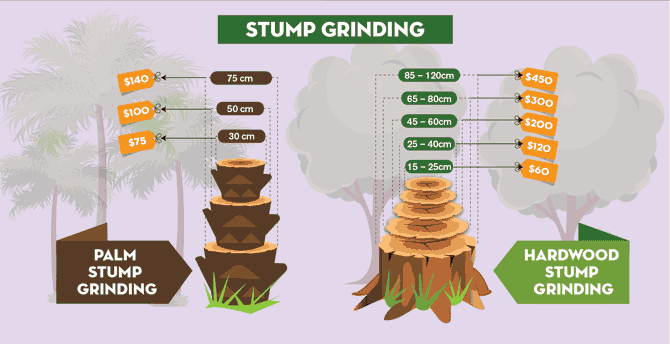Watch For Crucial Indications That Recommend Your Tree Could Position A Threat; Understanding These Can Protect Your Home And Family.What Should You Keep Track Of Following?
Watch For Crucial Indications That Recommend Your Tree Could Position A Threat; Understanding These Can Protect Your Home And Family.What Should You Keep Track Of Following?
Blog Article
Post Author-Harrell Skovsgaard
When it comes to tree treatment, identifying the signs that it's time for elimination is essential for your safety and security and property. You may notice stained leaves, wilting branches, or weird fungal growths indicating health problems. Structural concerns, like a substantial lean or cracks in the trunk, can additionally present dangers. Understanding these warning signs can help you make notified choices regarding your trees and protect against potential risks lurking in your lawn. What should you search for next?
Signs of Degeneration and Illness
When you discover signs of degeneration and illness in your trees, it's important to act promptly. https://docs.google.com/document/d/1Y5TijKPZAr_tvAtcn17BAbIEBrsZ-0sNXht56EMklE4/edit?usp=sharing tarnished leaves, wilting branches, or uncommon developments like fungus. These can indicate that your tree is having a hard time.
If you see splits in the bark or soft, mushy wood, these signs recommend internal degeneration. In addition, a sudden boost in pests around your tree can signify that it's deteriorated and prone.
Check for any type of dead or passing away limbs, as they present a risk to your building and security. If you doubt concerning what you see, consulting an arborist can provide clearness.
Attending to these indicators early can save you from more considerable damage and guarantee the health of your backyard. Don't wait until it's too late.
Structural Instability and Leaning
As you observe your trees, watch out for any type of signs of structural instability or leaning. If a tree leans substantially, it may indicate that the origin system is endangered.
Search for any type of splits in the trunk or soil around the base; these can indicate possible failing. In addition, check for uncommon growth patterns, like an unbalanced crown, which may recommend that the tree is battling to hold itself upright.
If you notice that the tree favors your home, high-voltage line, or various other structures, it postures a greater danger. Do not overlook these indicators-- seek advice from an arborist to assess the circumstance.
Doing https://www.mercurynews.com/2018/11/02/why-do-the-squirrels-keep-tip-pruning-the-maple-tree/ about it early can stop costly damage and guarantee your safety and security.
Dead or Dying Branches and Foliage
If you observe dead or dying branches and vegetation on your tree, it's a clear indicator that something's incorrect.
These unhealthy areas can show underlying concerns like illness, insect infestations, or environmental stress and anxiety. When branches shed their leaves or transform brownish, they're no longer adding to the tree's wellness. Overlooking these indicators could lead to more decline, making your tree a lot more unsafe.
Dead branches can conveniently break off during tornados, posing a risk to residential property and individuals close by. It's essential to assess the extent of the damage.
If the problem influences a considerable part of the tree, consider consulting a professional. They can help identify if elimination is essential to ensure safety and security and preserve the beauty of your landscape.
Final thought
If you observe any kind of indications of degeneration, structural instability, or dead branches on your trees, do not neglect them. These indicators can pose major safety threats to you and your property. It's always best to seek advice from a professional arborist who can provide a professional analysis of your trees. Doing something about it early can avoid accidents and expensive damage, guaranteeing your landscape remains risk-free and healthy. Remember, it's better to be positive about tree care than to await a calamity to take place.
